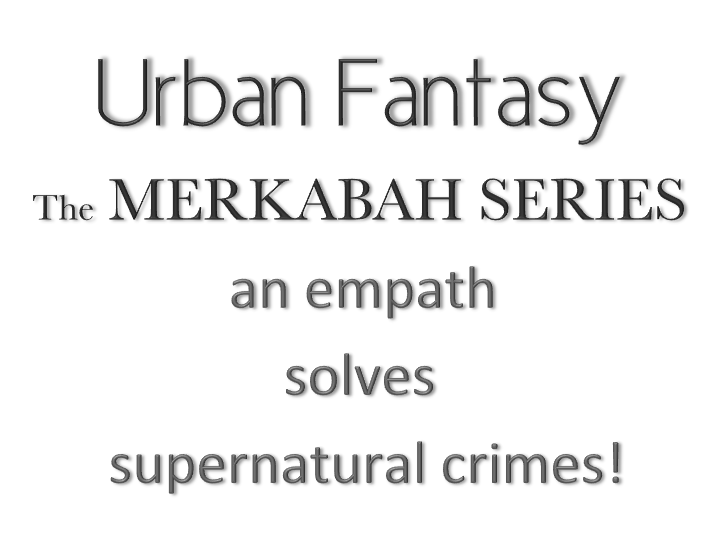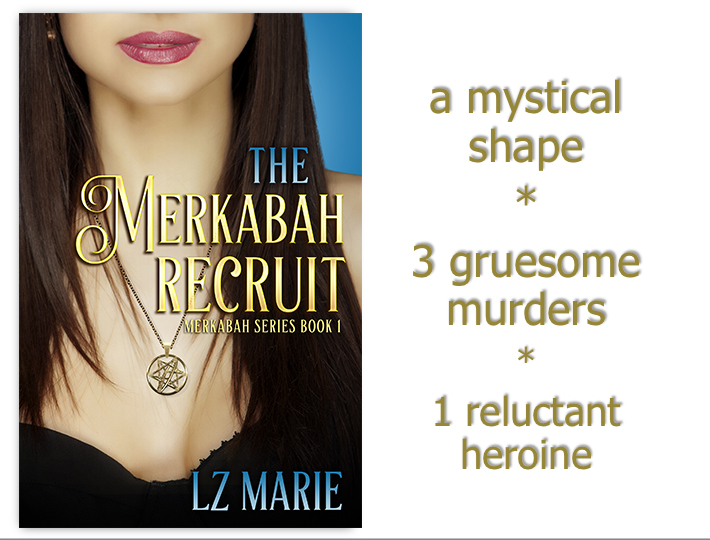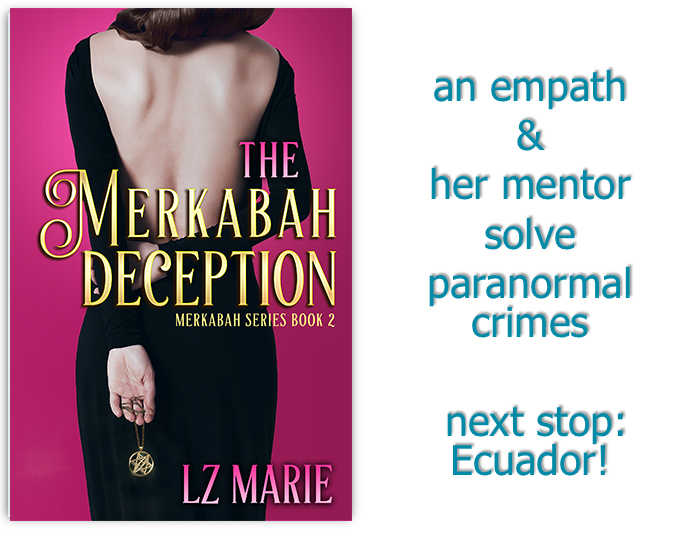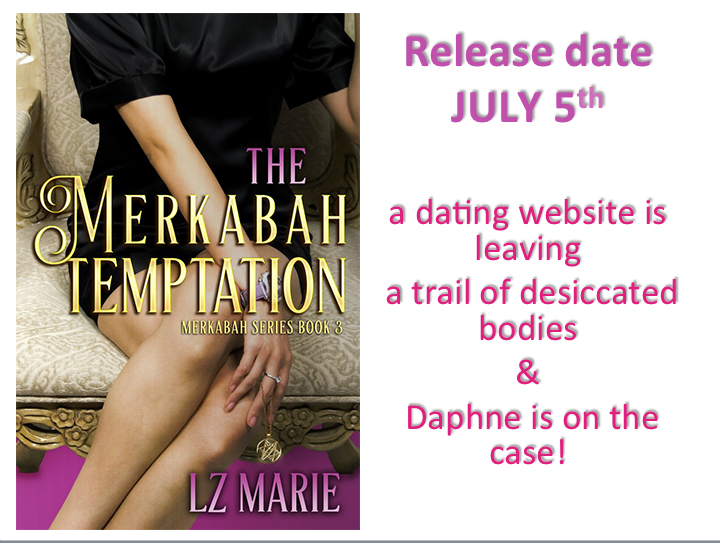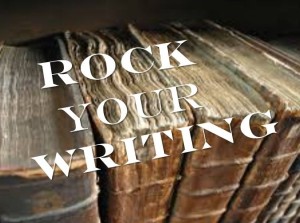 Know your craft! Know the terminology! It’s the cry heard at writers conferences. It’s no small task either because writing and reading requires subject knowledge of authorial techniques and other geeky stuff!
Know your craft! Know the terminology! It’s the cry heard at writers conferences. It’s no small task either because writing and reading requires subject knowledge of authorial techniques and other geeky stuff!
Many literary terms reference books are available (as a language arts teacher I have several). This is just a small sampling of a few personal favorites related to NOVEL writing.
WARNING: Not for the literary faint of heart!
Welcome all word nerds and novel geeks!
From A to Z
Aesthetics: Philosophy of art, studying the nature of beauty in literature.
Allegory: Literature/poetry in which every character, setting, and event is a metaphor or represents something else. Contains a moral, religious, political, social, or satirical message.
-
Ex: The Pilgrim’s Progress, The Faerie Queene, Gulliver’s Travels
Alliteration: Repetition of constant sounds at the beginning of words. This can be effective especially if used for a specific purpose.
-
Example: Let’s say, you introduce a character who is a snake (conniving, devious, evil), you might use words beginning with S when describing him or in his dialog. We equate the S sound with snakes.
Allusion: Referring to a historical, religious, Shakespearean, or literary event or character.
-
Ex: Beginning a novel with a description of an idyllic garden where the characters are innocent alludes to the Biblical Garden Of Eden. If you write a scene with three witches who tempt an ambitious man, it’s an allusion to Macbeth.
Anachronism: Object, custom, person, thing, or event that is totally out of its natural place in time.
-
Ex: Mark Twain’s A Connecticut Yankee in King Arthur’s Court; A striking clock in Julius Caesar
Antihero: Not your typical hero protagonist. The antihero lacks those virtues and morals we deem, well…heroic. The world may have ‘done them wrong’ or the antihero may be in a situation beyond their control. What the reader does have for them is sympathy and empathy. And we really want them to triumph.
Ex: Scarlett O’Hara from Gone With the Wind; Captain jack Sparrow from Pirates of the Caribbean; Holden Caulfield from Catcher in the Rye; Jay Gatsby from The Great Gatsby; Tony Soprano from The Sopranos.
Aphorism: Truism or maxim about some aspect of life or the human experience.
Apostrophe: Summoning or crying out for a person who is dead, absent, or imaginary.
-
Ex: “Oh, Muses three, come to me!”
Archetype: Pattern, action, or model or image so familiar in life and history as to be deemed universal. See Female Hero Archetypes, Male Hero Archetypes, and More Archetypes.
Atmosphere: Overall mood or tone of a work. Can be achieved with symbolism, setting, and/or dialog.
-
Ex: Foreboding, tragic, passionate,melancholy, uplifting
Bildungsroman: German for Coming of Age novel. Traces the protagonist from youth to experience.
-
Ex: David Copperfield, Portrait of the Artist as a Young man
Bowdlerize: Removing immoral, indecent or pornographic words or passages from a piece of writing. Censorship. I believe there is some scuttlebutt over an app which performs this task.
Cacophony: Harsh, grating loud sounds with the constants b, d, g, k, t. Used in poetry but also an effective authorial technique in dialog or to describe a discordancy.
Cliche: Expression used so frequently it’s “snoozeville!” Can also refer to a plot, situation, or theme that has been “done to death.”
Computational stylistics: Analysis of aspects of author’s style that are measurable. Prepositional phrases, multi-syllabic words, and syntax ( sentence length) can be found in many editing computer programs.
Confidant/Confidante: In literature/plays, this is the person of trust the protagonists talks to, thereby revealing the protagonist’s motives and emotions.
Conflict: Internal conflicts refer to struggles the character faces within themselves like overcoming fears or biases etc. External conflicts refer to struggles the character faces with other characters, situations, cultures. Most novels have both!
-
Note: No conflict= no novel. Have one! Better yet, have several–both internal and external.
Denouement: Final resolution of the conflict.
Deux ex machina: Latin for “god from the machine.” American for “You gotta be kidding me!” You might remember this phrase from your high school days. It describes any contrived or artificial rescue or solution to get characters out of trouble or danger. Melodrama employs this…and many movies. A long lost spinster aunt saves the farm. A tree falls in front of a the bad guy as he chases the good guy. In the movie The Adjustment Bureau—plot spoiler—God (the Chairman) allows the couple to stay together.
Dystopia: describes undesirable imaginary societies. The opposite of a utopia.
-
Ex: Hunger Games, Anthem, Brave New World
Epistolary novel: Novel created from letters or correspondence (emails, anyone?). May uses more than one POV.
-
Ex: Bridgett Jones Diary (uses diary entries) Dracula, Frankenstein, The Color Purple
Explication de texte: Detailed analysis and very close reading of a passage or text. A thorough examination of style, syntax, tone, symbolism, and diction is done to achieve a greater understanding and appreciation for the author’s work. And, by the way, it’s what I teach. Fun stuff!
Foil: Character whose personality is in direct contrast, thereby revealing another ( usually the protagonist) character’s traits.
-
Ex: Mercutio was a foil to Romeo in Romeo & Juliet.
Foreshadowing: Hints or clues as to what’s to come or expect later in the story. This can be accomplished with dialog, symbols, actions, and events. The saying, “If in the first act you have hung a pistol on the wall, then in the following one it should be fired. Otherwise don’t put it there” (Anton Chekhov) is foreshadowing–and good writing.
-
Ex: In The Great Gatsby, 2 car accidents foreshadow Gatsby’s car running over Myrtle.
Freytag’s pyramid: The structure of a 5-act tragedy.
Gestalt: The whole is greater than the sum of its parts. For literature, that means the prose is best experienced and understood in its entirety.
Gothic novel: Genre known for its mystery, honor, supernatural, psychological horror, creepy settings, tragic love, and brooding atmosphere.
-
Ex: Think Frankenstein. Dracula, Carrie, Pet Cemetary, The Shining (“red rum…”)
Hamartia: Sorta-kinda like a tragic flaw but more encompassing. It can be poor judgement, bad luck, error, accident,or misinformation that cause a character’s downfall.
Hermeneutics: Interpreting sacred texts in a grammatical, ethical, allegorical, or mystical manner. The parts must be studied in concert with the whole, and the interpretation, as well as the interpreter, are also important considerations.
Imagery: Creating pictures with words. See Imagery post for examples.
Inciting moment: Event or impetus that sets the rising action into motion.
Invective: Imaginative name calling. Shakespeare was the master Invectinator!
-
Ex: Monty Python: “blinkered philistine pig-ignorance…” >>> Princess Bride: “Queen of Refuse. Queen of Slime. Queen of Putrescence” >>>Shakespeare: “though lump of of foul humanity”>>>>” thou detestable maw” >>>, “thou womb of death”>>> “you blocks, you stones, you worse than senseless things”
-
Note: I’ve included a Shakespearean Invective Maker–good times in Nerdville. Invective maker pdf
Irony: Difference between reality and appearance. There are 3 types. Socratic, Verbal, and situation.
-
Ex: NOT! Ironically the song “Isn’t It Ironic” does not give examples of irony, merely misfortune. Perhaps the irony is that the song is not about irony!
Jeremiad: Named for the biblical Jeremiah, it is the dire prophesy of destruction if <<insert evil group here>> continue their wicked ways.
Kenning; Combining 2 nouns together to make a word phrase synonym.
-
Ex: serpent’s swan of blood= raven; whale road= sea; gas guzzler= car; couch potato= lazy person; cancer stick= cigarette; eye candy= something we are attracted to ; lair= gold
Kunstlerroman: Like a bildungsroman, but instead of chronicling a youth’s growing to maturity, the novel focuses on showing an artist’s development.
-
Ex: Margaret Atwood’s Cat’s Eye
Litotes: Saying the opposite or using an ironic understatement to give impact to one’s statement.
-
Ex: Saying ‘He’s no dummy’ instead of “he is intelligent.’
Malapropism: A character who substitutes a word ( perhaps unintentionally) for a very similar sounding world. This is done for comedic impact,and a device often employed by Shakespeare.
-
Real life example: A student said he was going to defile me. He meant to say defy. We all had a good laugh and it was a teachable moment.
-
Example from “A Midsummer Night’s Dream” & spoken by Bottom. ‘I will aggravatemy voice so’—he probably means moderate; ‘…there we may rehearse mostobscenely‘—he means obscurely; and ‘Thisby, the flowers of odious savours sweet’—he means odorous.
Motif: Recurring word, image, phrase, idea, object, or situation that appears in various works or one work.
Nom de plume: Using a pen name, but the French version sounds ever so much more sophisticated Oui? Some authors use different names when they write other genres or to conceal their gender or identity. Or perhaps to appear more mainstream.
Oxymoron: Figure of speech in which 2 contradictory words make a single expression.
-
Ex: Dead alive; bitter sweet; deafeningly silent; deceptively honest; friendly fire; freezer burn; good grief; loud whisper
Pathetic fallacy: Giving human emotions to something in nature. John Ruskin didn’t like the term personification.
Peripeteia/ peripety: The sudden change in fortune of the protagonist. Aka, the reversal. See Freytag’s pyramid.
Portmanteau: Combining 2 words to create a new word.
-
Ex: brunch, smog, motel, splurge. sheeple. ( my own: when & if = whinf: Whinf I become a widely-read author.)
Roman a clef: French for ‘novel with a key.’ Real people are disguised in novels with fictitious names.
-
Ex: All The Kings Men by Robert Penn Warren; Point Counter Point by Aldous Huxley
Static character: Character who does not change much during the story.
Stereotype: Universally recognized type of character (not to be confused with archetypes).
-
Ex: bungling detective, hard-boiled private eye, ditzy blonde chick, spoiled brat
Syntax: Arrangement of words, phrases, and clauses in a sentence. Syntax is paramount in creating tone or indicates an author’s style. Hemingway had a lean style. Joseph Conrad wrote long complex sentences.
Theme: Overarching idea or message of a story. Seldom stated directly. Expressed though characters, their actions, plot setting, and symbols. Those stories written for sheer entertainment often do not have a theme. Click Themes for Novels for ideas about how to write one and why you need one.
Tone: Author’s attitude about his subject, characters, or readers.
Tragic flaw: Personality trait, mistake, or error which causes the downfall of a hero of a tragedy.
Verisimilitude: Appearance of truth. The most famous might be H.G. Well’s War of the Worlds.
-
Ex: Daniel Defoe’s Journal of the Plague Year
My advise: Do NOT use these terms in normal conversation as they tend to give one an air of snobbery.
Related Links: Rock Your Writing;

